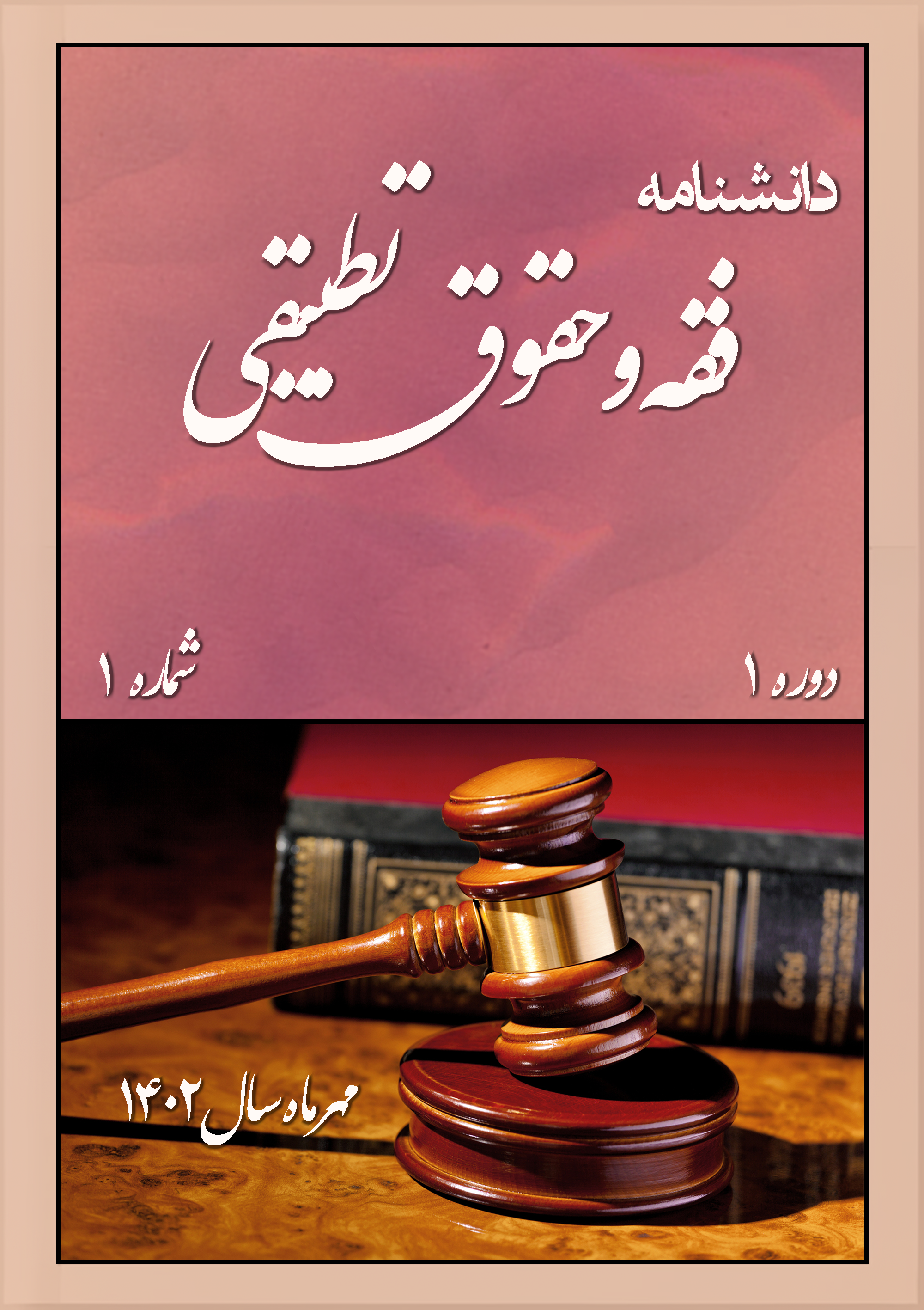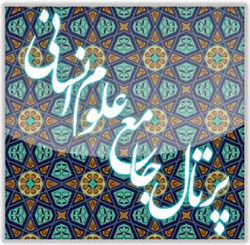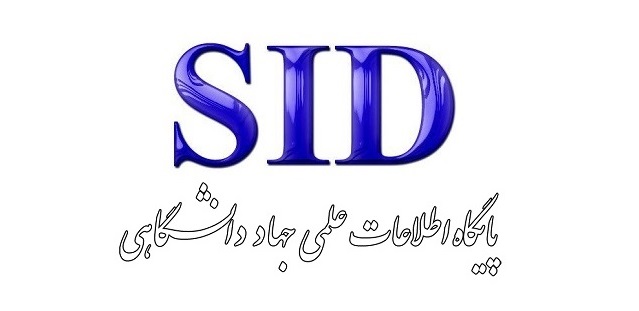همزیستی مسالمتآمیز در عصر کنونی سیاست بینالملل از منظر فقه و حقوق با نگاهی به اندیشه رهبری
کلمات کلیدی:
همزیستی مسالمتآمیز, سیاست بینالملل, صلح, عدالت, اندیشه رهبریچکیده
جنگ و درگیری در سیاست بینالملل بحث همزیستی مسالمتآمیز از منظر فقه و حقوق را ضروری ساخته است. بر این اساس هدف مقاله حاضر بررسی این سؤال مهم است که رویکرد فقه و حقوق نسبت به همزیستی مسالمتآمیز در عصر کنونی سیاست بینالملل دیدگاه رهبری در این خصوص چگونه است؟ این مقاله توصیفی تحلیلی است و با استفاده از روش کتابخانهای به بررسی سؤال مورد اشاره پرداخته است. نتایج بر این امر دلالت دارد که از منظر فقهی، گرچه دین اسلام هیچگاه جنگ را بهطور کامل کنار نگذاشته و حتی آن را در جهت اجرای عدالت و احقاق حق مظلومان مشروع و مقدس میداند دیدگاه قرآن همواره بر مبنای پیشگیری از وقوع جنگ و استفاده از آن بهعنوان آخرین راهحل بوده است. در قانون اساسی جمهوری اسلامی ایران نیز بر صلح و همزیستی مسالمتآمیز با کفار تحت شرایطی که به سلطه کفار منجر نشود تأکید شده است. از دیدگاه رهبری نیز، اصالت بر همزیستی مسالمتآمیز، برقراری آرامش پایدار و حاکمیت عدالت فراگیر در جهان است. رهبری معتقد به فراهم نمودن شرایط صلح پایدار در جهان بشری با ارائه راهکارهایی با شاخصههای مشترک مورد تأکید دین اسلام و تمام ادیان آسمانی است؛ از منظر اندیشه آیه الله خامنهای، همزیستی مسالمتآمیز و صلح زمانی ارزشمند و مفید فایده است که زمینه تحقق حقوق انسانها را فراهم نماید و عدالت را برقرار سازد؛ زیرا در این صورت است که نتیجه استقرار صلح، یعنی آسایش و تربیت انسانها، محقق میگردد.
دانلودها
مراجع
Amid Zanjani, A. A. (2000). The Islamic Revolution and Its Roots. Tuba Publications.
Bozard, M., & Mohsen, M. i. (1979). Islam and Human Rights. Islamic Culture Publishing Office.
Dashti, M. (2000). Translation of Nahj al-Balagha. Mashhoor Publications.
Falsafi, H. (1994). Public International Law Notes (Vol. 2). Faculty of Law, Shahid Beheshti University.
Habibzadeh, T., & Farajpour, A. (2016). Human Dignity and the Foundation of Human and Citizenship Rights in the Constitution of the Islamic Republic of Iran. Journal of Public Law Studies, 46(1), 115-138.
Hosseini Hamadani, S. M. H. (1984). Anwar-e Derakhshan (The Bright Lights) (Vol. 2). Lotfi Bookstore.
Hosseini Khamenei, S. A. (1982). A Study on the Life of Imam Sajjad (AS). Pasdar-e-Islam Journal, 1(6), 16-30.
Javadi Amoli, A. (2010). Philosophy of Human Rights. Esra Publications.
Katib Waqidi, M. b. S. d., & Mahmoud Mahdavi, D. (1995). Tabaqat (The Noble Biography of the Prophet). Farhang Andisheh Publications.
Khalilian, S. K. (2008). Islamic International Law. Islamic Culture Publishing OfficeCY - Tehran.
Khosrowshahi, G., & Daneshpajouh, M. (2002). Philosophy of Law. Imam Khomeini Educational and Research Institute Publications.
Makarem Shirazi, N. (2002). Tafsir Nemouneh (Vol. 1). Imam Ali (AS) School Publications.
Mansouri, J. (1986). An Overview of the Islamic Republic of Iran's Policy. Amir Kabir Publications.
Mohammadi, M. (2007). Principles of the Foreign Policy of the Islamic Republic of Iran. Dadgostar Publications.
Muhaqqiq Hilli, J. f. b. H. (1989). Sharayi' al-Islam (Vol. 2). Esteghlal Publications.
Sajjadi, S. A. (1994). Political Sociology of Afghanistan (Vol. 1). Bustan-e-Ketab.
Sanaei, A., & Hojjat Shami, R. (2017). Discursive Positions and Foreign Policy Orientations of the Islamic Republic of Iran. Foreign Policy Journal, 6(1), 125-159.
Shabani, G. (2014). Constitutional Law and the Structure of Government in the Islamic Republic of Iran. Ettelaat Publications.
Statements of the Supreme Leader. (1982). In a Television Interview with the News Office and the Islamic Republic News Agency. In.
Statements of the Supreme Leader. (1989). In a Meeting with Officials and Administrators of the Islamic Republic System on the Eve of the 11th Anniversary of the Victory of the Islamic Revolution of IranDA - January 29. In.
Statements of the Supreme Leader. (1992). In the Gathering of the People of Qom on the Anniversary of the Birth of Imam Mahdi (AJ). In.
Statements of the Supreme Leader. (1997a). At the Opening Ceremony of the 8th Summit of Islamic Countries' Leaders. In.
Statements of the Supreme Leader. (1997b). At the Opening of the International Conference on Aggression and Defense. In.
Statements of the Supreme Leader. (2001). In a Meeting with Officials and Administrators on the Occasion of Eid al-Mab'ath. In.
Statements of the Supreme Leader. (2004). At the Joint Ceremony of the Armed Forces at the Shahid Nojeh Air Base in Hamedan. In.
Subhani Tabrizi, J. (1992). The Eternal Light (Vol. 2). Islamic Propagation Office.
Ziaei Bigdeli, M. R. (2022). Islam and International Law. Ganj Danesh Publications.
دانلود
چاپ شده
ارسال
بازنگری
پذیرش
شماره
نوع مقاله
مجوز
حق نشر 2025 حمیده حیدری, احمد رضا خزائی, مجید وزیری (نویسنده)

این پروژه تحت مجوز بین المللی Creative Commons Attribution-NonCommercial 4.0 می باشد.









